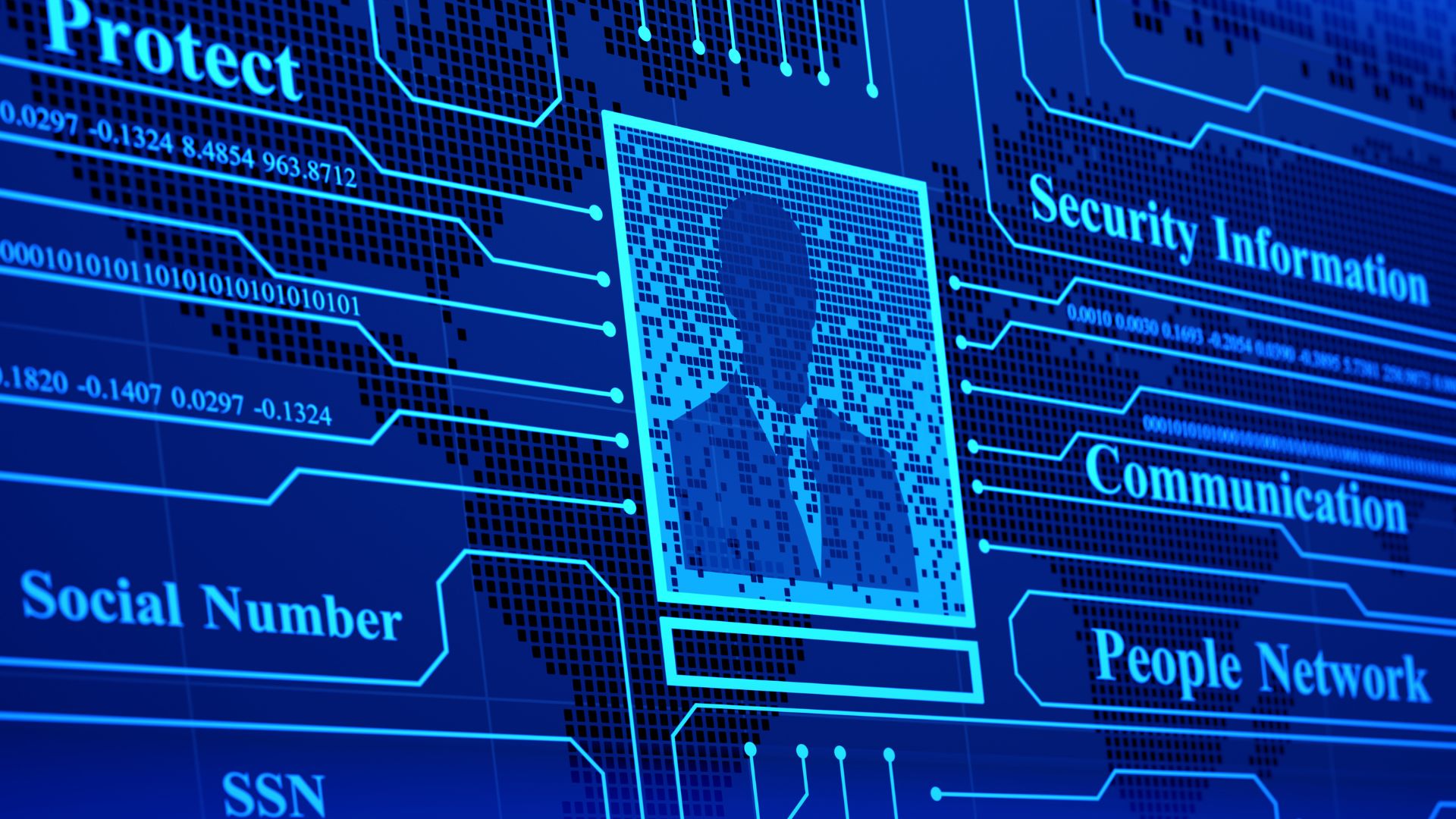The digital world has become the backbone of how we do business, communicate, and shop. However, the downside of virtually everyone being connected these days is that it also means the rise of cybercrime, which is becoming more sophisticated every day, making comprehensive cybersecurity more critical than ever.
Today, we’ll examine cybersecurity and its importance in today’s world, as well as how to protect yourself from the myriad risks lurking everywhere, trying to steal, hold ransom, or destroy.
What Is Cybersecurity
Cybersecurity protects computer systems, networks, devices, and data from unauthorized access, attacks, damage, or exploitation. Cyber attacks have become a constant risk to individuals and companies of all sizes, so they are no longer restricted to large businesses or companies dealing with sensitive data, like healthcare or financial. With these increasingly sophisticated attacks, they pose significant risks to your sensitive data. With the rise of artificial intelligence, attackers have discovered an entirely new field that can help them improve their methods to get past traditional data security protocols and controls.
In today’s world, businesses, governments, and individuals are interconnected and heavily rely on digital technologies for communication, commerce, and more. The swift and constant development of useful technologies makes it challenging to stay up to date with new updates and breakthroughs, including wireless applications and cloud services, which are more challenging to firewall efficiently. Common cybersecurity measures include firewalls, antivirus software, encryption, multi-factor authentication, intrusion detection systems, and security policies and procedures.
The Importance of Cybersecurity
Just as varied as the technologies we use daily, as varied are the types and forms of cyber attacks, making it challenging to keep them at bay.
The most common types of cyber attacks include the following:
Malware: Malicious software designed to infiltrate or damage a computer system. This includes viruses, worms, Trojans, spyware, and adware.
Ransomware: Software that locks part or all of your computer or network behind an encrypted password. Usually, the perpetrator demands to be paid, often in cryptocurrency, to release the files.
Phishing: Attempts to trick individuals into providing sensitive information such as usernames, passwords, or financial details by impersonating trusted organizations or people through emails, text messages, or fake websites.
Denial-of-Service (DoS) and Distributed Denial-of-Service (DDoS) Attacks: Overloading a system, network, or website with excessive traffic to disrupt its normal functioning and deny service to legitimate users. DDoS attacks utilize multiple compromised systems to orchestrate the attack.
Man-in-the-Middle (MitM) Attacks: Intercepting and possibly altering communications between two parties without their knowledge or consent. This allows attackers to eavesdrop on sensitive information or manipulate data exchange between the parties.
SQL Injection: Exploiting vulnerabilities in web applications’ input fields to inject malicious SQL code into a database query. This can result in unauthorized access to or manipulation of the database.
Cross-Site Scripting (XSS): Injecting malicious scripts into web pages viewed by other users. When unsuspecting users interact with these pages, the malicious scripts can steal session cookies, redirect users to malicious sites, or deface web pages without the user even realizing it.
Social Engineering: Manipulating individuals into divulging sensitive information or performing actions compromising security. This can involve pretexting, baiting, tailgating, or phishing techniques to exploit human psychology.
Cryptojacking: Illegally using someone else’s computer resources to mine cryptocurrencies without their consent. Attackers typically accomplish this by infecting computers with malware or exploiting vulnerabilities in web applications.
Zero-Day Exploits: These attacks target previously unknown vulnerabilities in software or hardware before a patch or fix is available. They are particularly dangerous as no defences exist against them.

The importance of cybersecurity can’t be overstated, as it protects critical data from falling into the wrong hands. While there are out-of-the-box solutions available, they often are already outdated by the time they hit the shelves, and their one-size-fits-all approach often doesn’t match an organization’s specific requirements and needs. Between smartphones, cloud services, wireless communication, and more, there are many potential security vulnerabilities that criminals will try to exploit.
Cybersecurity measures help to protect sensitive data, such as personal information, financial records, intellectual property and more, from unauthorized access, theft or exploitation. Depending on the nature of the data, the consequences could be devastating, from identity theft to financial fraud and corporate espionage.
Cyber attacks are a significant risk to businesses worldwide beyond monetary losses with the potential loss of trust. Today’s interconnected digital world is based on trust, showing customers, partners and stakeholders that their data is safe. A breach of security, and with that, a violation of trust, can result in severe reputational damage that could impact a company or organization way longer than the actual theft.
Whether it is the theft of funds, the disruption of operations, fees, fines or expenses associated with cleanup efforts, cyber attacks carry a significant financial risk to any victim. A robust and proactive cybersecurity strategy can help reduce these risks and potential economic impacts.
How to Protect Your Business From Cyber Attacks
Protecting your business from cyber attacks is not as straightforward as it may seem at first glance because you have to consider many different types of attacks.
Employee Training and Awareness
One of the most significant sources of cyber threats is human error. Whether phishing emails, negligence or carelessness when it comes to locking workstations, even small oversights can result in severe consequences. Educate your employees about cybersecurity best practices, such as identifying phishing emails, creating strong passwords, and reporting suspicious activities. Regular training sessions and awareness campaigns can help keep employees updated with new developments and measures and strengthen your company’s defence against cyber attacks.
Strong Password Policies
Weak or reused passwords are another potential weak point that criminals can exploit. Create and enforce password policies that require employees to use complex passwords and change them regularly. If your business deals with particularly sensitive data, you can also consider implementing multi-factor authentication (MFA) to add an extra layer of security to user accounts.
Patch Management
Outdated software, operating systems, and drivers are a common vulnerability. Ensure that all software, operating systems, and applications are up to date with the latest security patches and updates.
Firewalls and Antivirus Software
Deploy firewalls to monitor and control incoming and outgoing network traffic and use antivirus software to detect and remove malware. Keeping all software updated regularly is critical to the success of your defence against cyber attacks.
Data Encryption
Encryption is a good choice to protect sensitive data and prevent unauthorized access both in transit and when stored. Encryption protocols such as SSL/TLS are used for web traffic, and encryption algorithms are used for stored data.
Backup and Recovery Plan
Another critical component of a comprehensive cybersecurity plan is regular data backups. Test your backup and recovery procedures to ensure they effectively restore essential systems and data in the event of a cyber-attack or data loss incident.
Access Control
Limit access to sensitive data and systems to authorized personnel only. Use role-based access controls (RBAC) to assign permissions based on job roles and responsibilities and regularly review and update access privileges as needed.
Network Segmentation
Divide your network into separate segments to restrict attackers’ movement within your infrastructure. This helps contain the impact of a cyber attack and prevents movement between systems.
Continuous Monitoring and Threat Intelligence
Implement tools and processes for continuously monitoring your network and systems for suspicious activities or anomalies. The sophistication of cyber threats evolves at the same speed as technologies, making it challenging and critical to stay informed.
Improve Cybersecurity with 900 Solutions
Cybersecurity is more critical than ever, especially when dealing with confidential and sensitive data. Protect your system with 900 Solutions’ comprehensive cybersecurity solutions. We can keep your data safe and secure with the latest technologies and monitoring tools.
900Solutions has been your elite team for tailored IT experiences for professional law firms in Toronto since 2013. We understand customer service is as essential as technical support, and our intricate knowledge of law firm applications will allow you to focus on law as we take care of the IT.
Contact us today at (833) 900-2677 or complete our convenient online form to learn more about how we can elevate your cybersecurity.



